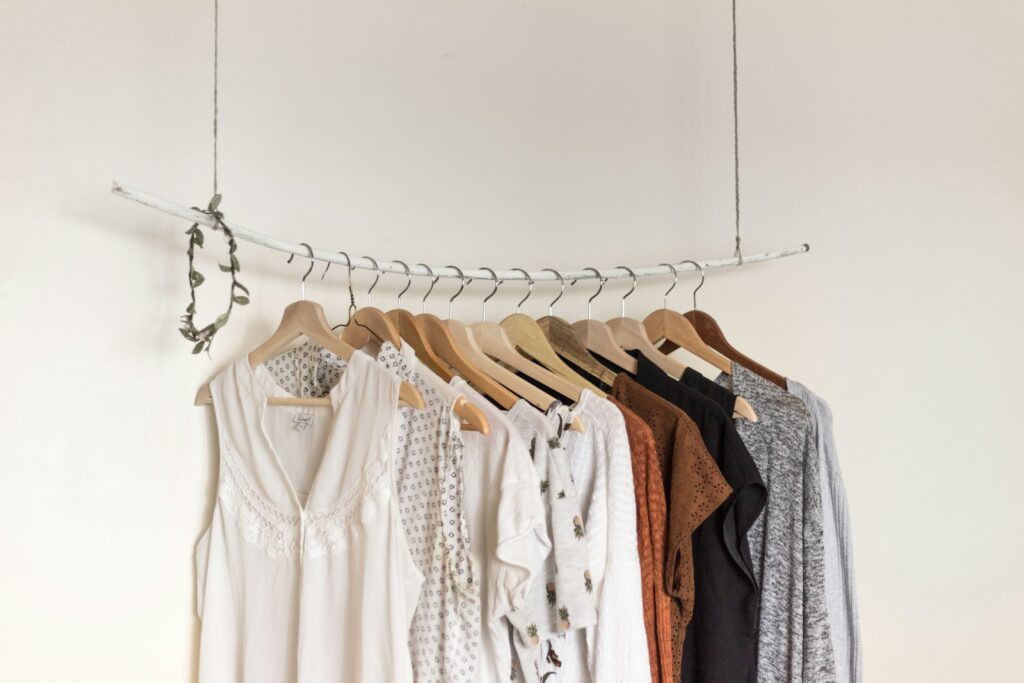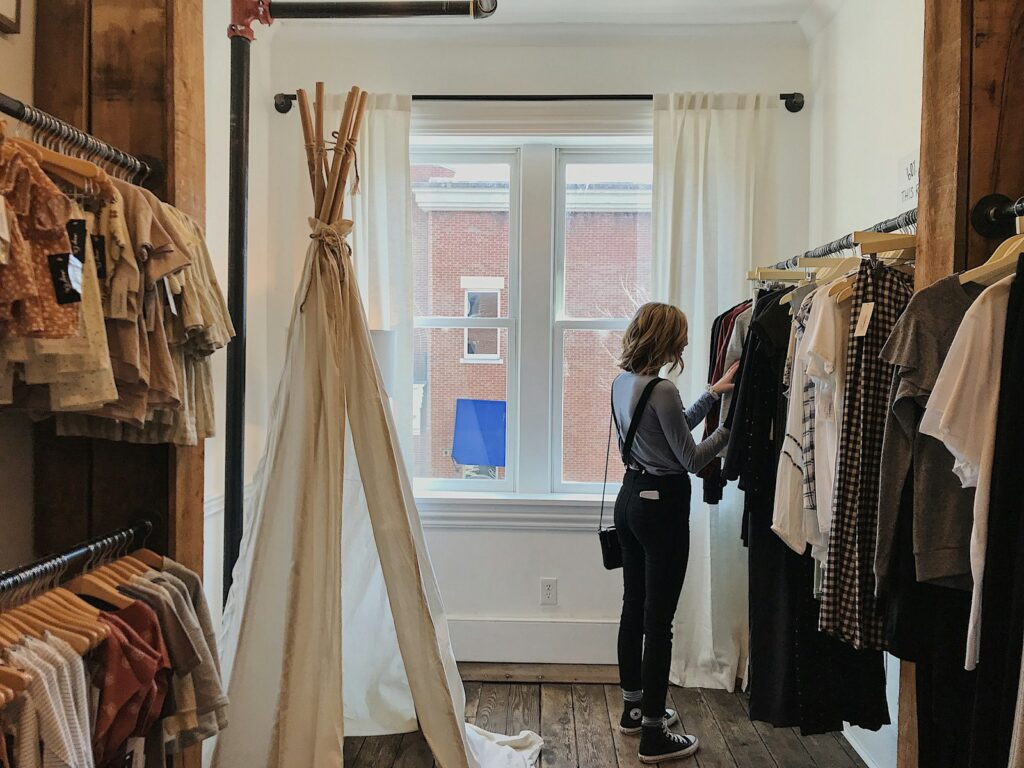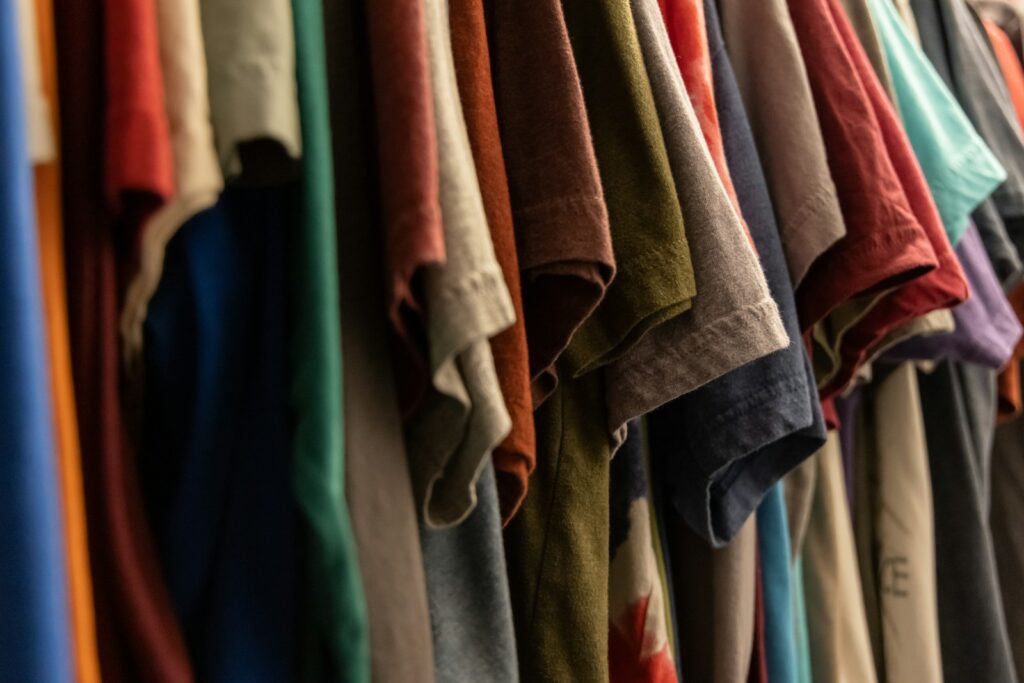Deciding how often should you buy new clothes can be quite the conundrum. As someone who’s navigated the ever-changing tides of fashion, I’ve found that striking a balance between trendiness and sustainability isn’t just good for the environment—it’s great for your wallet too. With fashion trends shifting faster than ever, it’s tempting to continuously refresh your wardrobe, but is that really necessary?
I’ve learned that investing in quality over quantity not only ensures your clothes last longer but also reduces the urge for frequent shopping trips. This approach doesn’t just save money in the long run; it also helps you create a timeless, versatile capsule wardrobe. Let’s dive into why choosing wisely and less frequently might just be the best strategy for your closet and your budget.
Evaluating Your Current Wardrobe

Before considering a wardrobe refresh, it’s crucial to review what’s already in your existing wardrobe. This step helps determine what you truly need, reducing impulsive buying and promoting a sustainable clothing philosophy.
Identifying Needs vs. Wants
The key to maintaining a practical and timeless wardrobe lies in distinguishing between needs and wants. Needs are essential pieces that serve your daily activities, such as a good pair of jeans or basic shirts that match almost everything. Wants, on the other hand, often correspond to trendy pieces that catch your eye but may not get much wear. Before making a new purchase, I ask myself if the item fills a gap in my wardrobe or if I’m being swayed by a fleeting trend. This approach helps me keep my wardrobe versatile and full of items that I wear regularly.
The Lifespan of Your Clothes
Another factor to consider is the lifespan of your clothing. Good quality, well-maintained items can last for years, whereas trend-driven, fast fashion pieces might only survive a few washes before they lose shape or fade. I prioritize natural materials and reputable brands known for durability. By doing so, I don’t just save money in the long run but also support ethical practices in the fashion industry. Regularly assessing the condition of my clothes helps me decide whether to repair, donate, or replace them, keeping my closet functional and up to date without unnecessary purchases.
- Same fit, new name: We’ve changed the name of this shirt style to “Regular Fit” but the measurements remain the same
- Crisp poplin fabric makes this long-sleeve button-up shirt a go-to pick for any occasion
- Patch chest pocket and rounded barrel cuffs
- Rear side pleats, rounded hem
- Work made better: we listen to customer feedback and fine-tune every detail to ensure quality, fit, and comfort
- Model is 6'2" and wearing size Medium
Impact of Fast Fashion
In this part of our discussion on clothing purchases, I’d like to explore the substantial impact that fast fashion has on both our environment and our wallets.
Environmental Considerations
Fast fashion’s appeal is undeniable: trendy pieces at low prices, constantly updated to reflect the latest style demands. However, this business model exacts a heavy toll on the environment. Fast fashion retailers routinely overproduce clothes by 30 to 40%, most of which never sell out. When new shipments arrive, unsold items are often discarded rather than recycled or donated. This process contributes significantly to the 17 million tons of clothing waste generated each year in the U.S. alone, with a shocking 65% of garments discarded within just 12 months of purchase. These discarded items contribute to overflowing landfills and the release of greenhouse gases during decomposition.
Moreover, fast fashion’s reliance on synthetic fibers, which are cheaper and faster to produce, exacerbates the problem. These materials often contain plastics that do not break down easily, leading to microfiber pollution in our oceans and waterways. The environmental cost of fast fashion is immense, considering the waste of resources and the pollution involved in production and disposal.
The Cost of Cheap Clothing
The low prices of fast fashion items mask their true cost—the long-term financial drain on consumers and the ethical implications of their production. Clothing priced at “just a few dollars” can be enticing, leading to impulsive purchases and overconsumption. However, the rapid deterioration in the quality of these garments means they need to be replaced more frequently than better-made alternatives. This cycle encourages a constant churn of buying clothes and discarding them, which not only wastes money but also perpetuates labor abuses in the manufacturing countries.
Workers in the fashion industry, compelled by the demand for quick and cheap labor, often operate in deplorable conditions for meager wages. The hidden costs of cheap clothing include supporting industries that underpay and overwork their employees, fostering cycles of poverty and exploitation. As consumers, it’s crucial to consider the ethical and financial implications of buying cheap fast fashion items and to evaluate our buying habits to foster a more sustainable and just global fashion industry.
By understanding these impacts, I hope to inspire you to think critically about each new item you consider adding to your wardrobe.
Creating a Sustainable Buying Habit

Transitioning to sustainable clothing purchases involves adopting habits that extend the life of each garment and minimize frequent shopping. By focusing on quality and lifespan, I find it’s possible to maintain a stylish and functional wardrobe without succumbing to the rapid cycles of fashion trends.
Embracing Quality Over Quantity
I prioritize buying fewer, better-quality clothes rather than indulging in the latest fashion rollouts. This approach not only saves money but also aligns with my commitment to sustainability. Quality garments withstand the test of time and frequent wear, reducing the need to buy new clothes regularly. By choosing to invest in well-made pieces, I have noticed that my wardrobe contains items that stay in shape and retain their appeal for years. For instance, investing in a classic leather jacket or a well-tailored blazer can offer versatility and endurance, outlasting trendier, fast-fashion alternatives.
Understanding Cost-Per-Wear
Cost-per-wear is a concept I use to justify spending a bit more on clothing that I will wear frequently. This metric divides the price of the item by the estimated number of times I will wear it, highlighting the value derived over its lifetime. For example, if I buy a $200 coat but wear it 200 times over multiple seasons, the cost per wear is just $1. This perspective encourages selecting clothes that are not only stylish but also durable and versatile, ensuring they remain functional pieces of my wardrobe. By focusing on cost-per-wear, I make more thoughtful decisions that benefit both my bank account and the environment.
Incorporating Timeless Pieces

In building a wardrobe that stands the test of time, incorporating timeless pieces is crucial. This approach aligns with sustainable clothing purchases and considerably lowers the wardrobe refresh frequency.
Choosing Versatile Staples
Selecting versatile staples involves focusing on items that offer flexibility and longevity in style and quality. I opt for garments like plain T-shirts, classic jeans, and a well-cut blazer; these pieces easily transition from casual to formal with minimal effort. My priority is always quality over quantity, ensuring each item is constructed from durable materials like natural fibers which tend to last longer and are kinder to the environment.
Another key factor I consider is the color and pattern of the clothing. Neutral colors such as black, white, gray, and navy form a palette that rarely goes out of fashion and makes mixing and matching effortless. This strategy not only helps keep my closet timeless but also economizes spending, focusing on pieces that provide multiple styling options over single-outfit ones.
Avoiding Trend-Driven Impulses
Controlling the urge to buy clothes solely based on current trends is essential for maintaining a sustainable wardrobe. I’ve found that pausing to consider the long-term value of a trendy item helps me determine whether it’s a wise addition to my wardrobe or likely to become a seldom-worn regret. The ethos here is simple: if it won’t be a key player in multiple outfits for seasons to come, it’s not worth the investment.
Ethical brands also take precedence when choosing new additions. By supporting companies that prioritize sustainability and fair labor practices, I contribute to a healthier fashion industry. Conscious shopping for me means identifying and avoiding fast fashion allure, thereby cutting down on environmental impact and ensuring my online shopping habits reflect my values. This mindset not only promotes a more ethical approach to fashion but also ensures my wardrobe remains versatile and enduring.
Final Takeaways: How Often Should You Buy New Clothes
Deciding how often to buy new clothes is a personal choice that impacts more than just your closet—it affects your wallet and the planet too. I’ve shared why it’s crucial to prioritize quality over quantity and the benefits of a timeless wardrobe. Remember to assess your existing clothes and focus on what you truly need. By adopting these practices, you’ll not only save money but also contribute to a more sustainable and ethical fashion industry. Let’s make thoughtful choices that reflect our values and enhance our lives.

